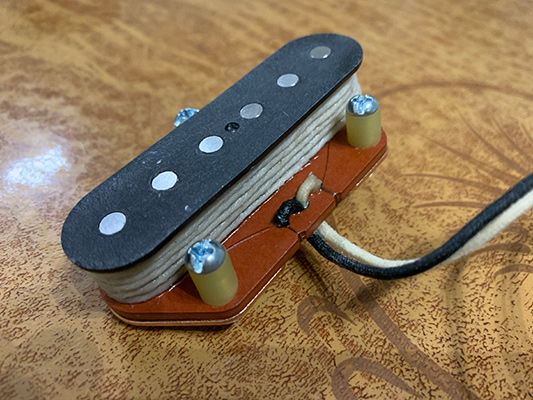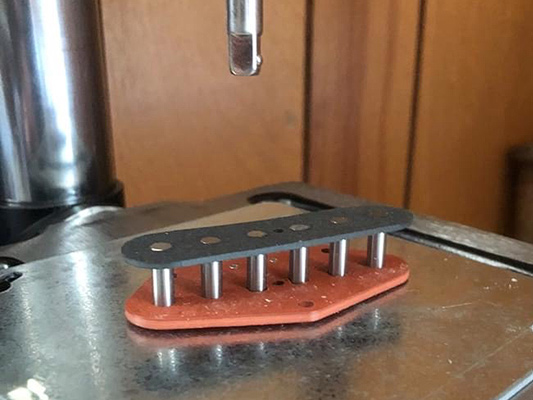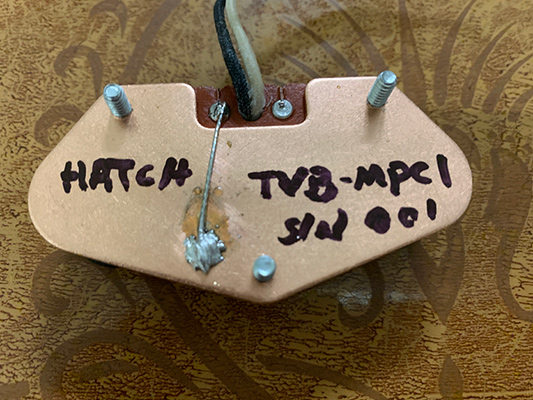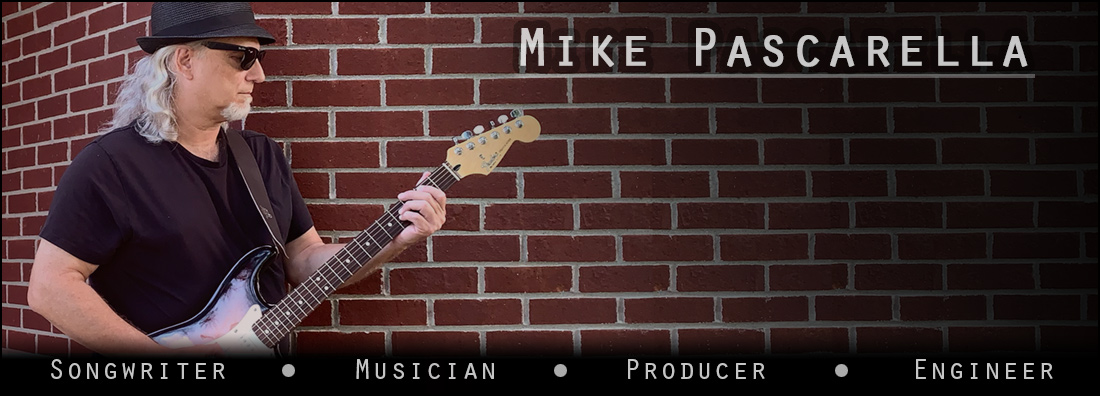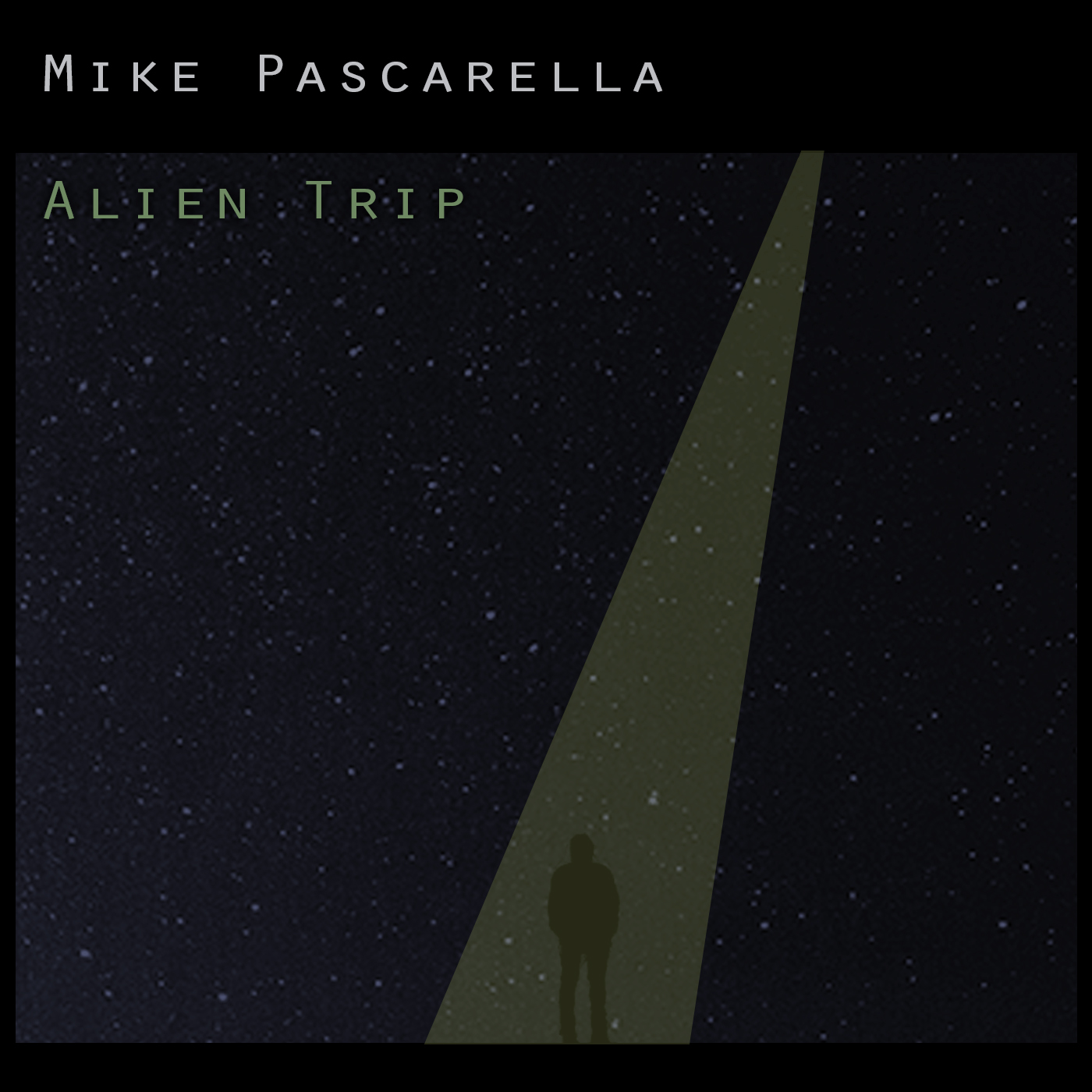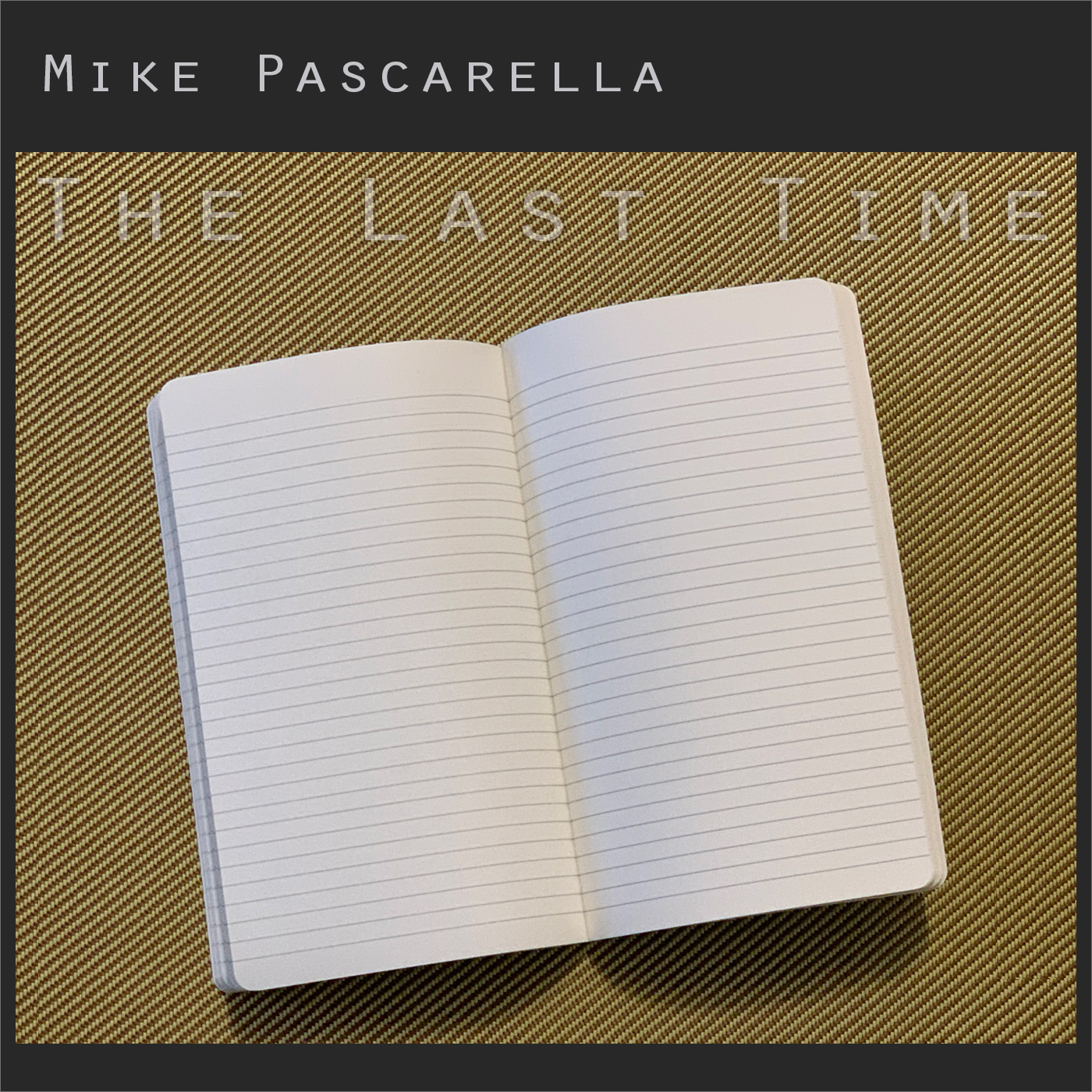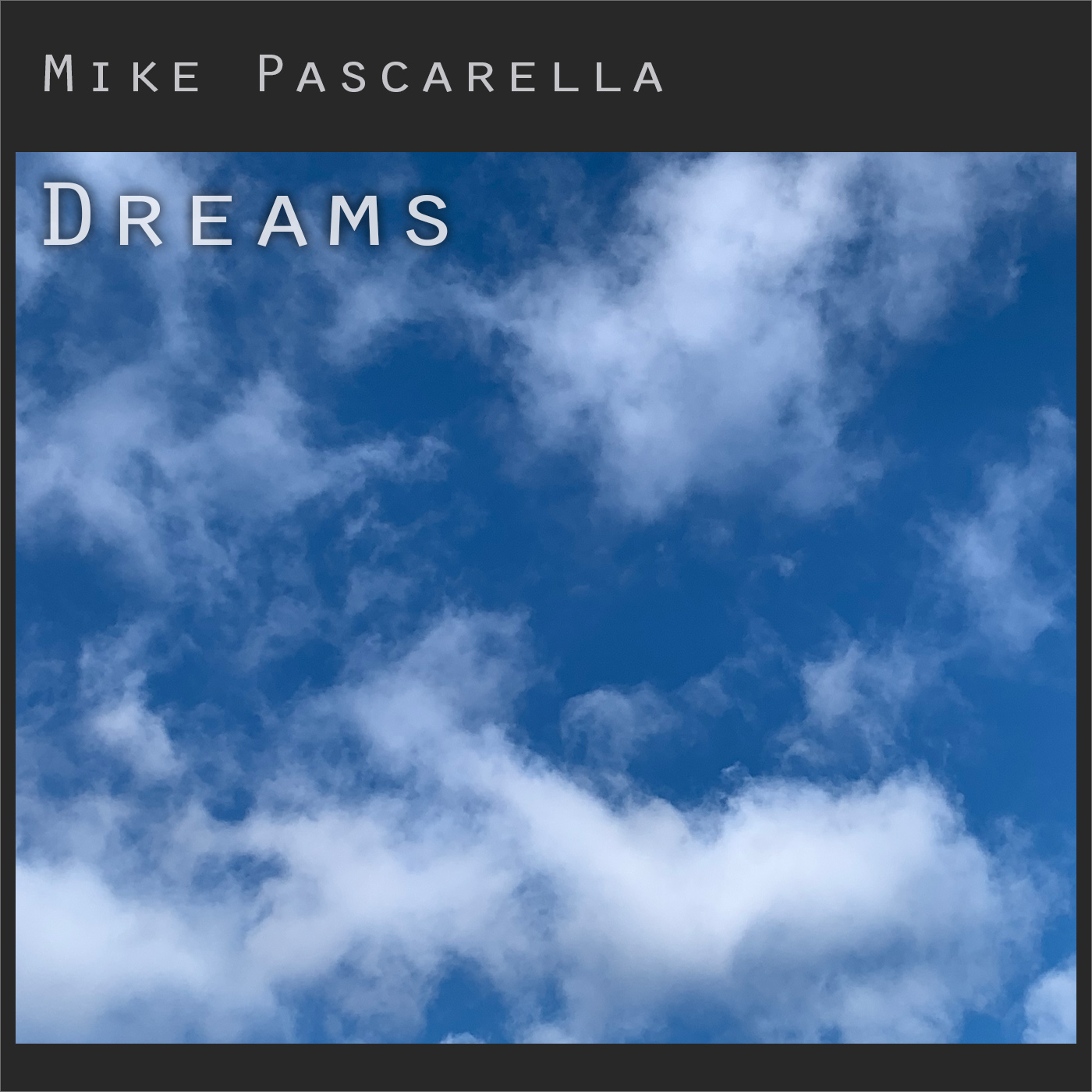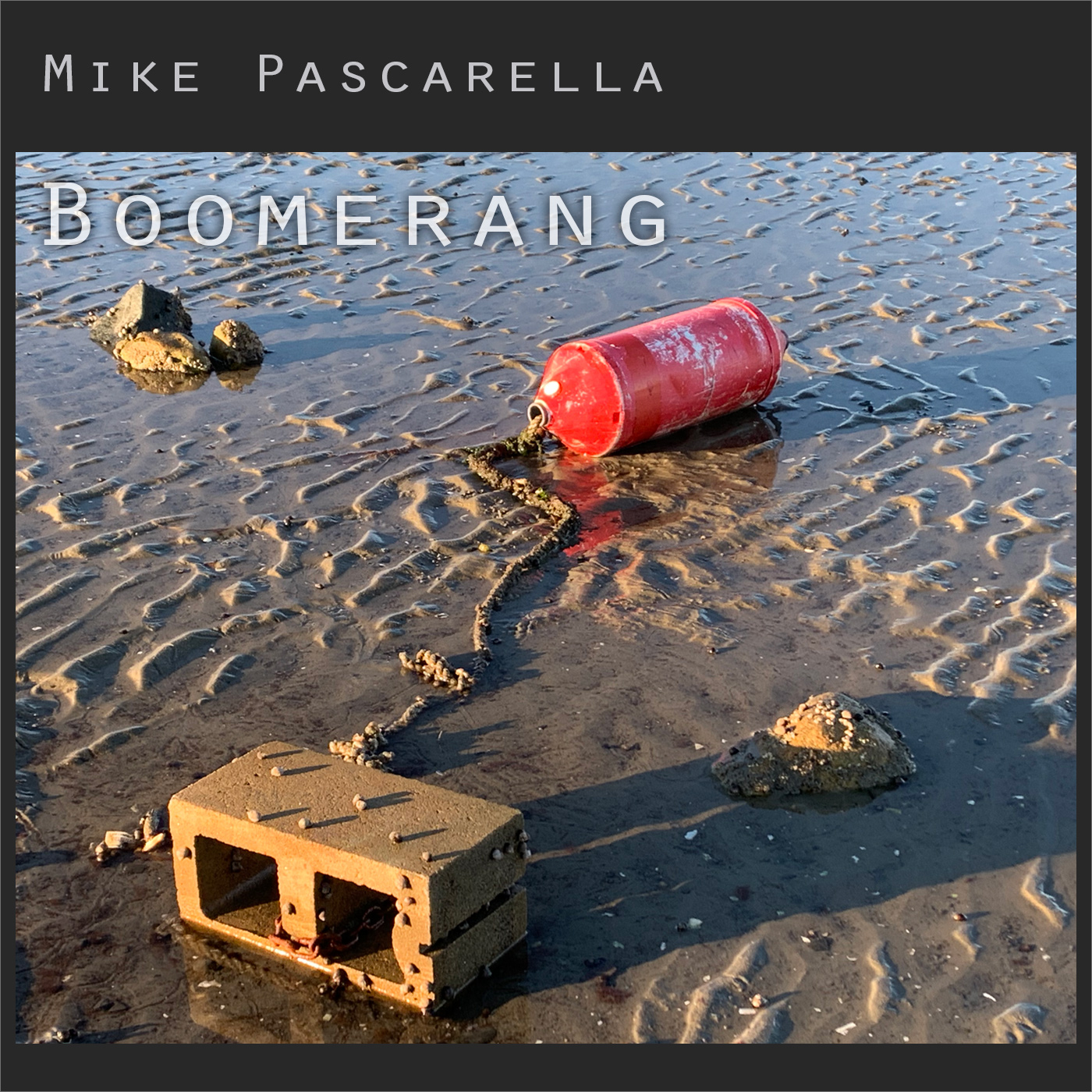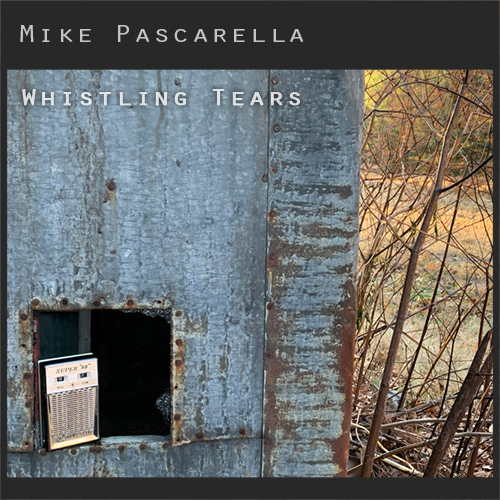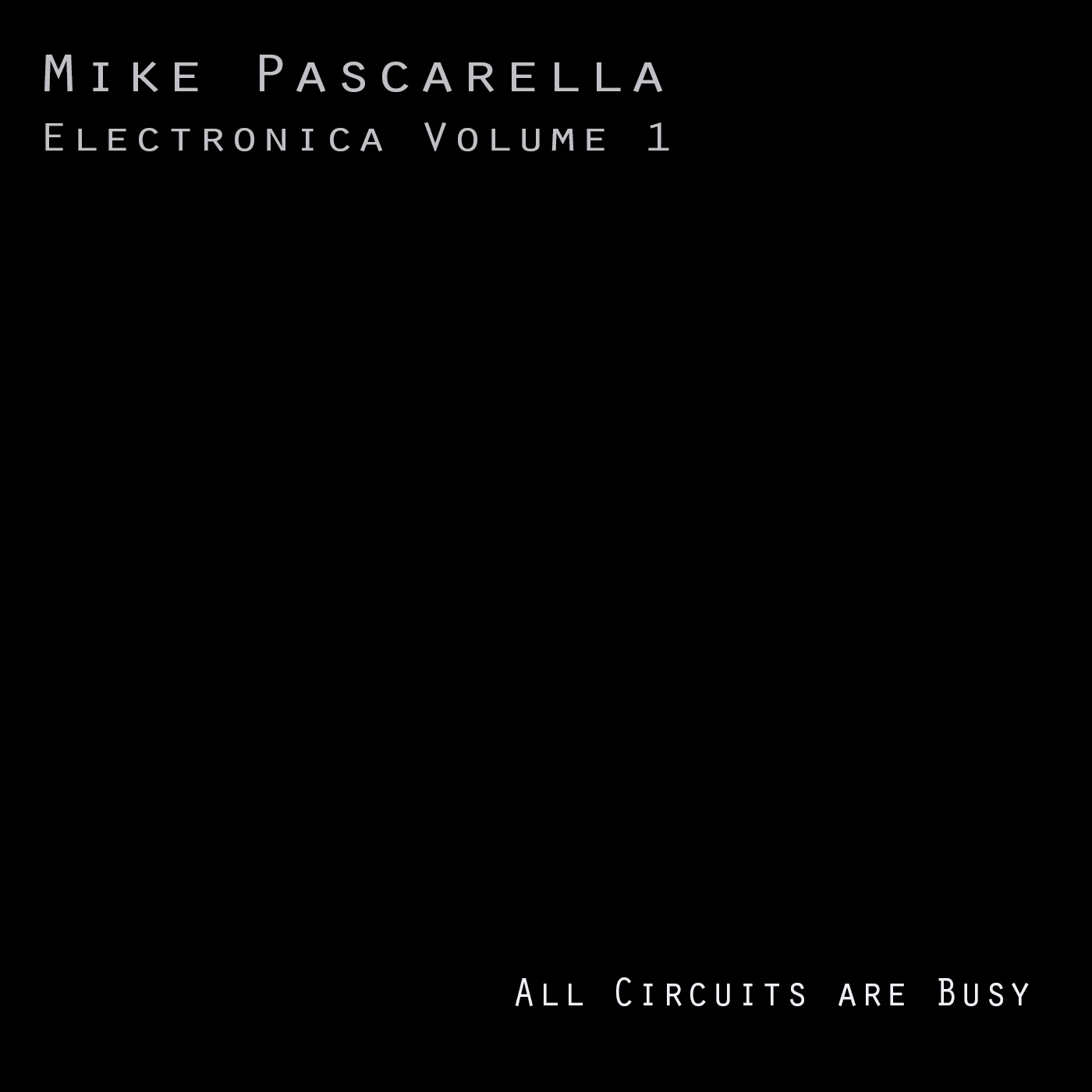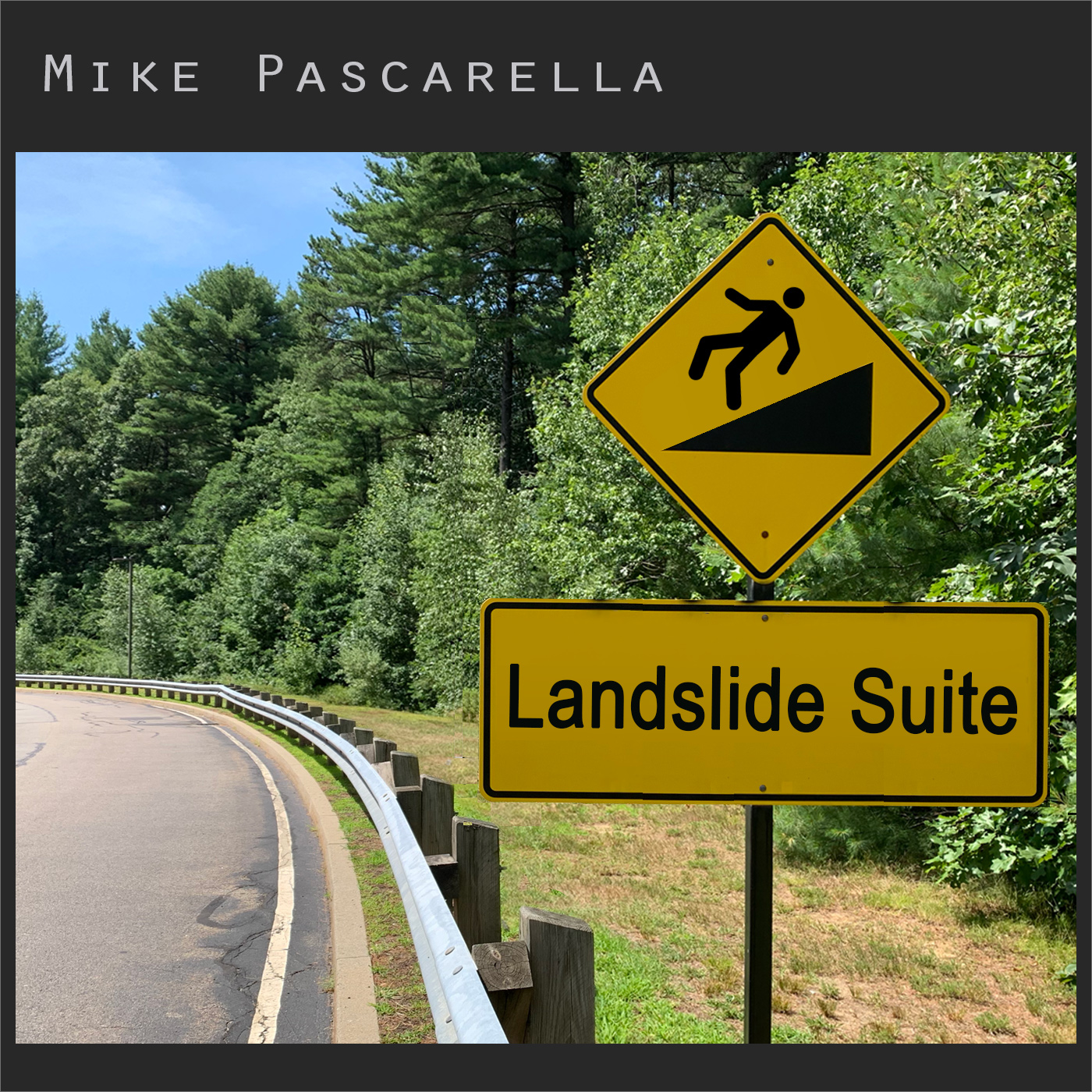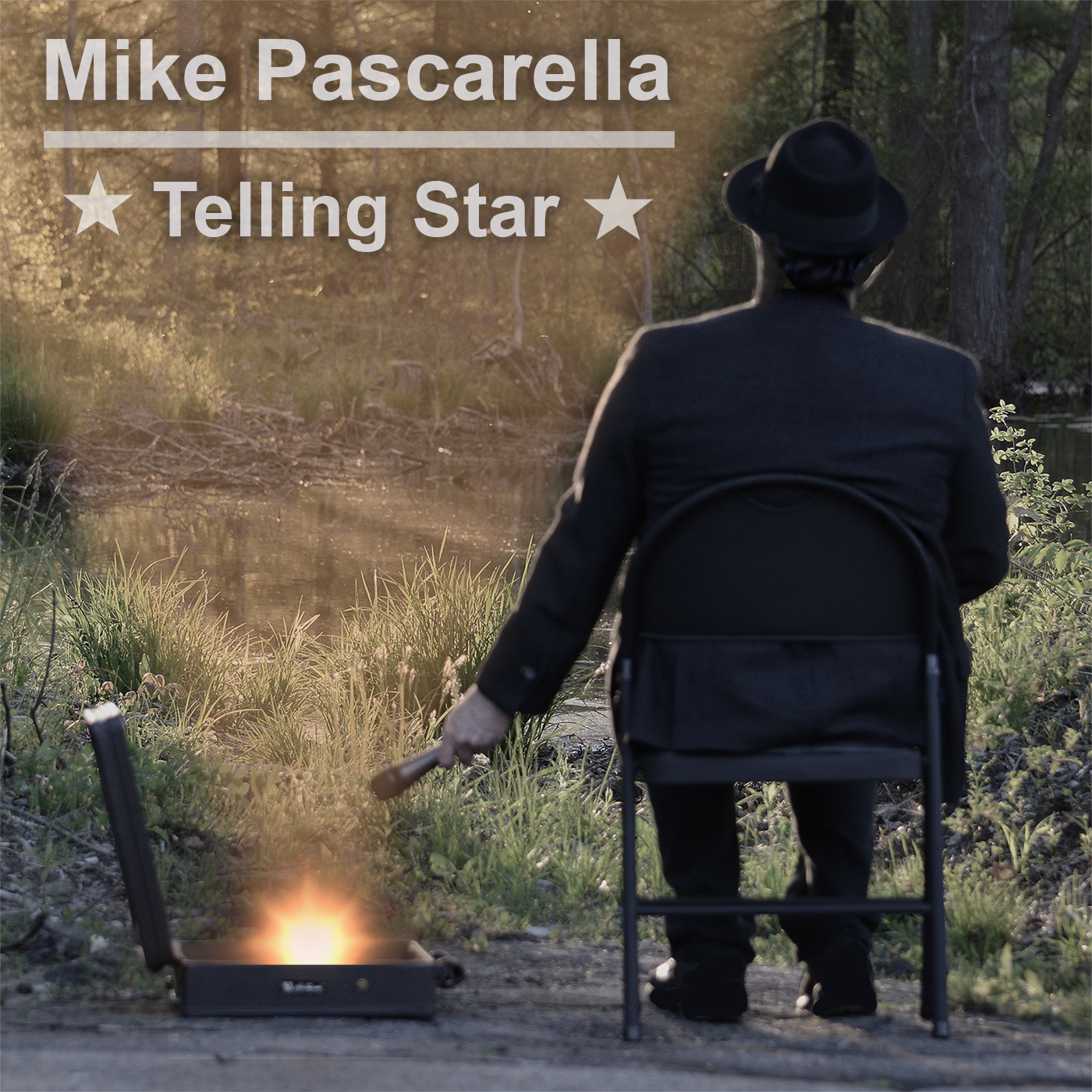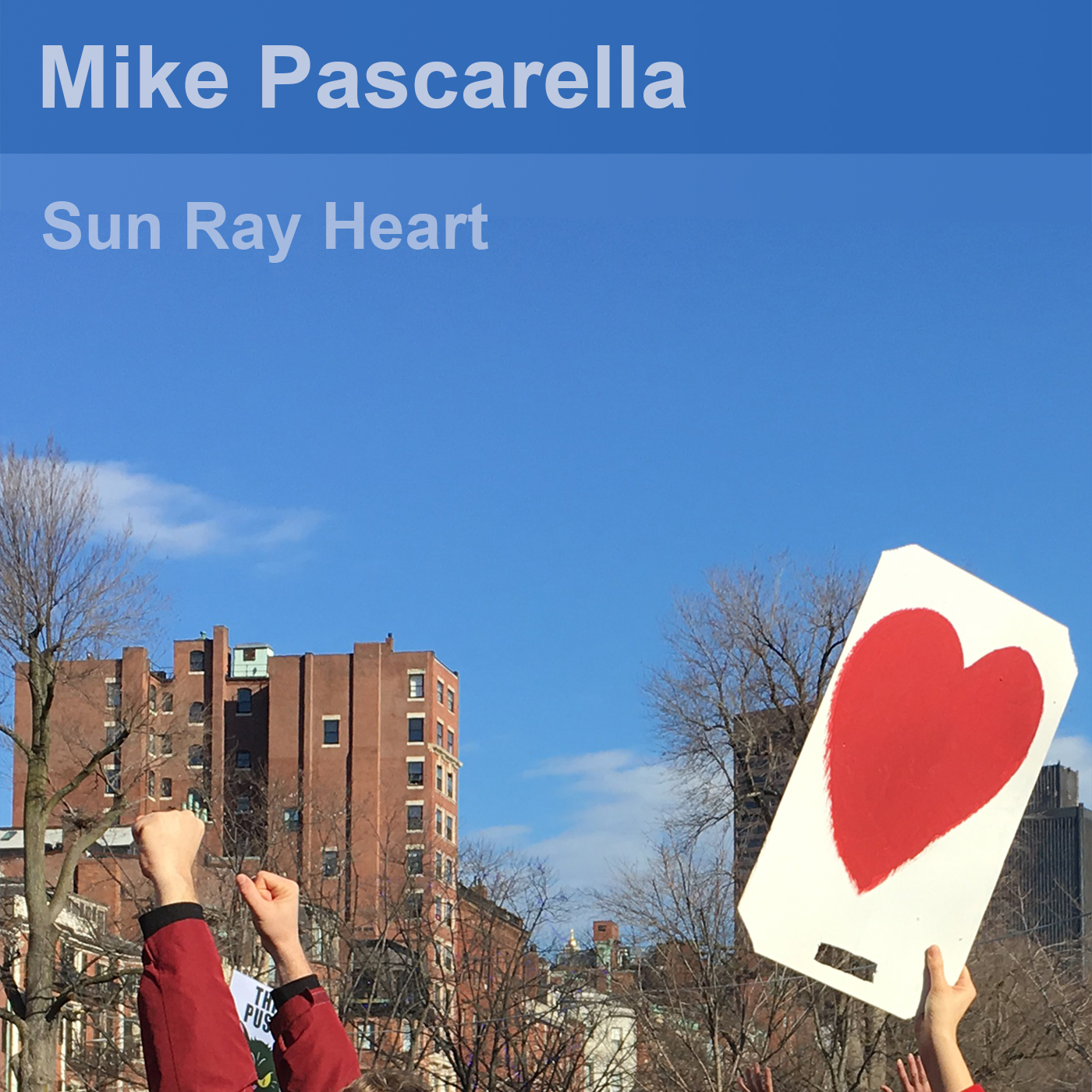Sonuus G2M
Not a new prodeuct, but new to me. Less than $30 used . . . and it takes any chromatic monophonic audio signal and turns it into midi data - in real time. Tracking is pretty good and it does not require any special cercuits or pickups. Imagine the amount of fun I can have with this thing? Look for a demo soon.

Cherry Audio's Voltage Modular
The early days of synthesizers were magical. Modular systems made by Moog, Buchla, Oberheim, ARP, Doepfer Musikelektronik, and others, were huge behemoths connected together with a massive network of cables. Early adopters including Wendy Carlos, Keith Emerson, and Suzanne Ciani, changed music forever with these instruments. But these modular systems were expensive and out-of-reach for the vast majority of musicians. As synthesizers became smaller and utilized digital technology, prices came down. But the flexibilty, power, and sound of those orginal modular synthesisers were still not possible affordably. Until now.
Voltage Modular by Cherry Audio is a virtual software instrument environment that provides access to a nearly uncountable number of separate modules - which one can then wire up with virtual cables in any way imagination allows. One of the best features is its ability to connect several cables to a module's inputs or outputs! Voltage modular can be used as a stand-alone app (Mac or PC) or as a plugin inside a DAW (how I use it). Cherry Audio wasn't the first to offer this kind of functionality, but in my opinion, they are the only company to get it right. Voltage Modular recreates the sound I'm looking for, it's rock-solid stable, and it's processor efficient. It is featured prominently throughout "Electronica Volume 1: All Circuits Are Busy." For more information about Voltage Modular and Cherry Audio, visit them at cherryaudio.com.
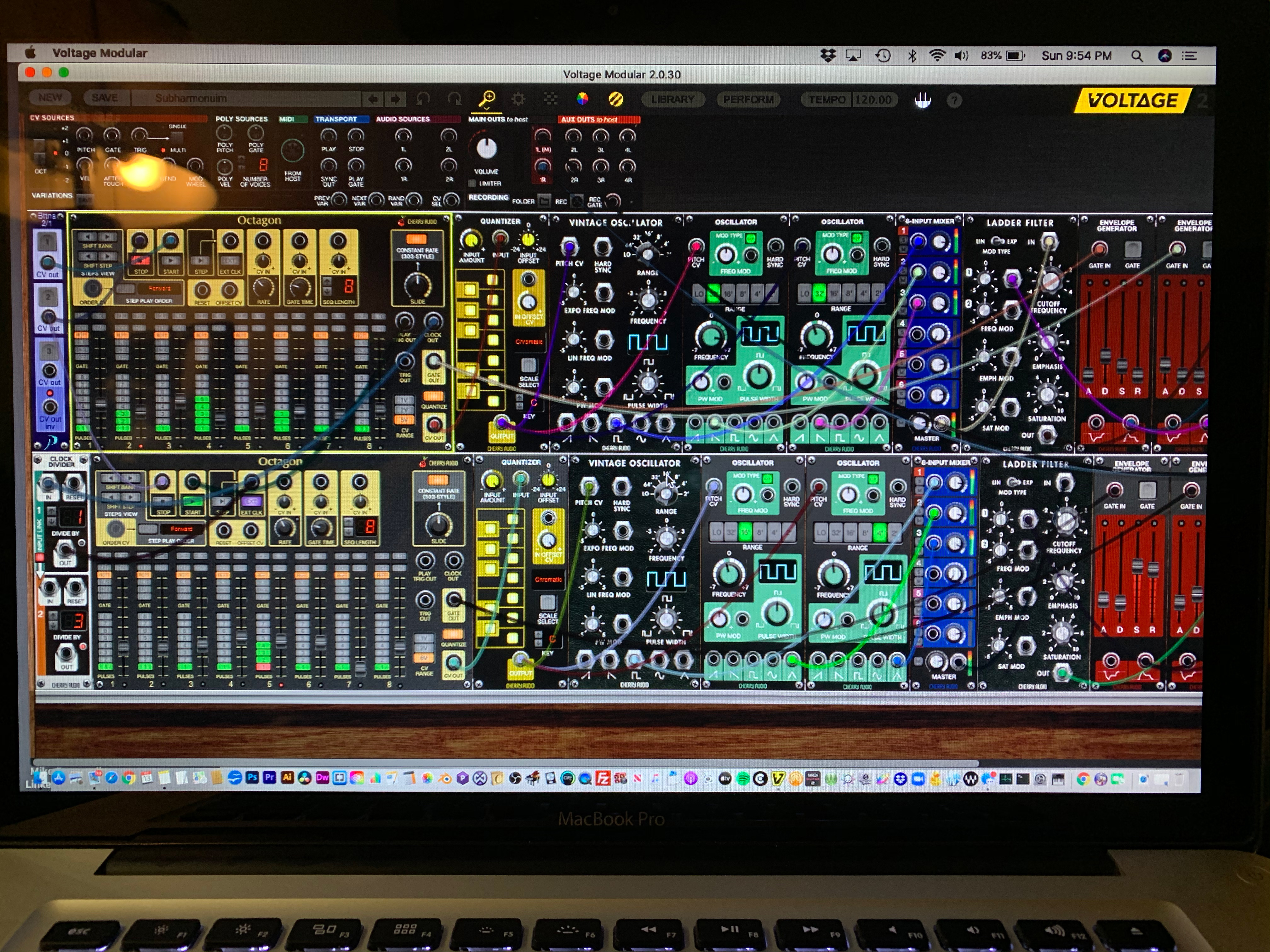
Mojo Hand Extra Special
Should a guitar amplifier cost as much as a house? That is indeed a good question. But that aside, there's no denying the legend of the amplifiers hand-built by Alexander Dumble. Particularly, the Overdrive Special. We've all heard them on some of the most iconic rock recordings, yet very few of us have actually played through one, or even been in the same room as one. They are very expensive, they remain elusive, and they are the object of many a guitarist's desires.
Enter the D-Style pedals. They promise to transform your pedestrian amplifier into the voice of an angel, turning you instantly into Larry Carlton and Robben Ford, giving you six-figure tone on a three-figure budget. Do they succeed in sounding like the real thing? Well, since most of us can't compare them to an actual Dumble amp, it's hard to say. Also, these amplifiers were all custom voiced for the players they were built for, so they don't all sound exactly the same. But that said, Dumbles do (as I'm told), share some key characteristics. So how can we really know if these pedals sound like the amps we all love but know so little about? We want to believe, so it must be so!
Of course, pedals that claim to sound like amps are at the mercy of . . . well, the amp they're plugged into. So your mileage is bound to vary. That said, some of these pedals can "approach" the basic overdrive tone and texture of these famous amps. One such pedal is the Mojo Hand Extra Special overdrive. Most of these types of pedals, in my opinion, overdo the bass and lower midrange frequencies - sometimes making the guitar sound muddy and dull. However, the Extra Special is more balanced and maintains an articulateness that's missing from many others. As you dig into the strings, you can coax vowels tones that bloom as they sustain - just like those D-Style amps. It has a wide range to its tone knob - allowing it to adapt to the tonal characteristics of your amp. It also provides a bit more gain than most other D-Style overdrives. A nice touch is addition of the Jazz/Rock toggle switch - found on an authentic Overdrive Special - which softens the aforementioned articulateness and warms tone of pedal considerably.
So, let's forget for a moment any pretensions of what amp this pedal attempts to sound like and ask the better question; does the Mojo Hand Extra Special succeed as on overdrive pedal? Does it sound good with different guitars through different amps? The answer is "yes." In fact, I think it sounds great and it remains part of my overdrive arsenal.
You can listen to a short demo I recorded here.
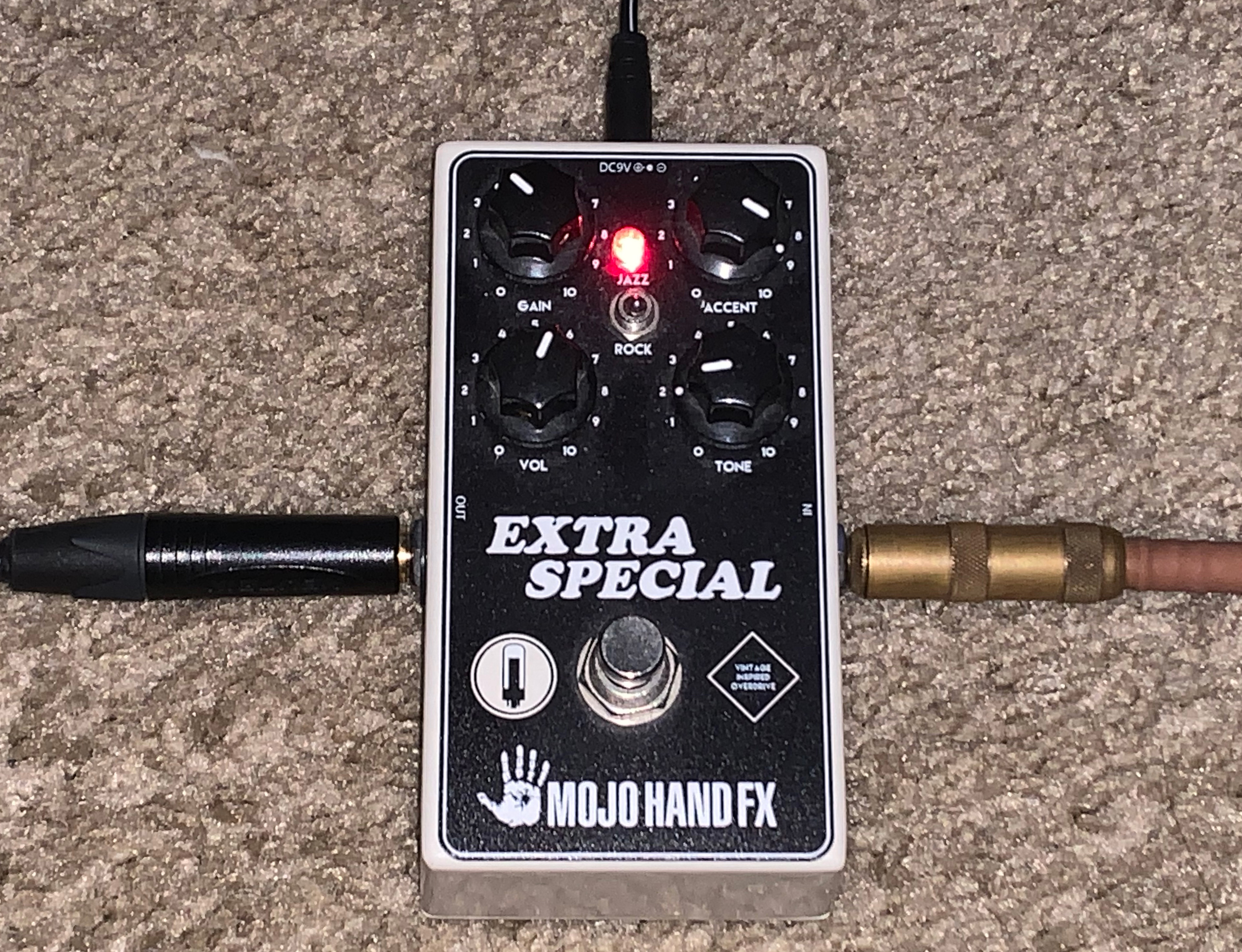
DOD Looking Glass Overdrive
The Looking Glass Overdrive is a joint venture between Christopher Venter of SHOE Pedals and DOD. It's a Class-A discrete FET design with two gain modes, one delivering a more transparent low-gain overdrive, and the other pushing the pedal into more compressed drive bordering on distortion. There is an input filter that can tame some of the brightness of single-coil pickups - very useful when you want to leave your amplifier's controls set for the bypassed tone. The EQ controls are different from most other overdrives in that the bass control is pre-overdrive and the treble appears after the overdriven signal. This is significant because reducing bass frequencies before an overdrive circuit creates a more focused and tighter sound, without reducing the overdrive effect of the higher frequencies. To learn more about overdrive and low frequencies, read my article Overdrive – The Low-down on Low-end.
The DOD Looking Glass sounds fantastic and rewards you if you take the time to understand how the controls work and how they impact the end result. It's very amp-like and versatile - going from clean tones to distortion via picking dynamics or the guitar's volume knob. It's a welcomed member my overdrive arsenal and was a wonderful birthday gift (thank you, Lyn!)
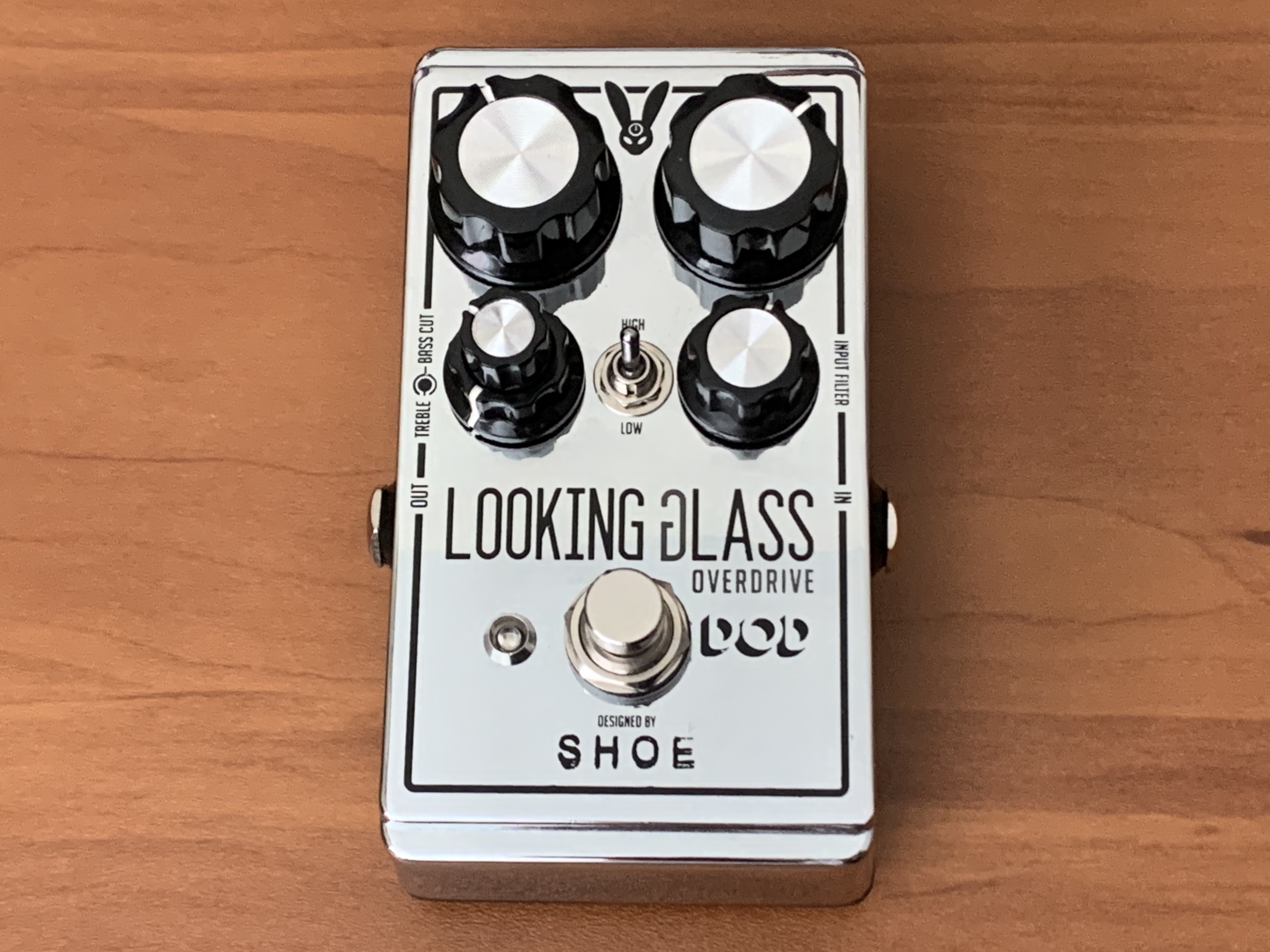
Hatch Pickups
It's likely you haven't heard of Hatch Pickups yet - they're a new company and currently refining their pickup designs. I'm working with Cal Hatch on voicing my signature T-style bridge pickup. I have one in my top-loader right now and it has transformed that guitar. Definitely a vintage wind, measuring 6.85 k ohms, ALNICO 5 magnets, and brass bridgeplate - it has that present 3 dimensional brightness that can be both subtly expressive AND slice through a mix. Stay tuned for more on Hatch Pickups.
